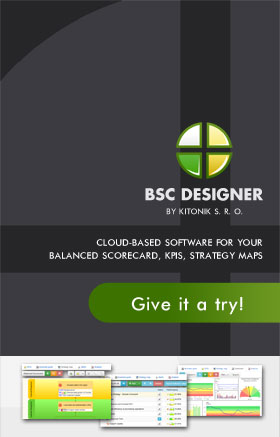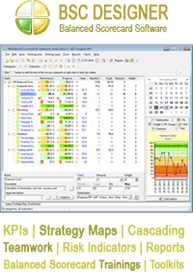Finding Quality Supply Chain KPIs
The concept of a Supply Chain argues that no business operates in a standalone environment and is basically part of a continuum; where a business is a customer to its suppliers and a supplier to its customer. Further, the quality of the business’ output will depend directly and critically on the quality of its input. This is where the importance of an efficient and high quality supply system comes in. whereas in the past businesses kept suppliers at arm’s length, expecting mistakes and hence underestimating the suppliers’ true capacity and potential value to the core business activities, increased globalization brought new perspectives of a quality supply chain to the world. A lesson IBM learned from the Japanese when it ordered parts from a Japanese manufacturer and included in the specifications that it would accept 300 defective parts per million in the product, the Japanese replied, “We have a hard time understanding North American business practices. But the 3 defective parts per 10,000 have been included and are wrapped separately. Hope this pleases”. The Japanese showed that a no-defect production output was completely possible and they had the ability to ensure high quality input for their customers.
The 300 defective parts per million was a Key Performance Indicator by IBM. The zero-defective parts, no matter the quantity produced, was the Key Performance Indicator (KPI) of the Japanese. The difference in the quality of these KPIs speaks of the how the businesses’ had geared their internal processes as well as customer-supplier relationships. A Key Performance Indicator or KPI is a quantifiable measure of performance. KPIs can be established for any business activity. Motorola is another company that ensures that it has an excellent business relationship with its suppliers, by establishing a 15-member council of suppliers that rate Motorola as a customer. The council assesses Motorola by answering question like;
· What expectations do you have that are not being met?
· What type of technical assistance would you like from us?
· What type of feedback would you like from us?
· What benefits are you looking for in a partnership?
The answers to these questions help Motorola improve its supplier-relationship and make its six-sigma philosophy a greater reality, thus giving quality to its own customers. Thus KPIs used to measure supplier satisfaction and performance should be quantified both in numbers of non-defective units as well as how the suppliers rate the company.
Coming to the customer side of the scenario, seeking customer feedback about the product delivered, is not the solution to end all solutions. Using benchmarks and competing with industry leaders in customer services to establish KPIs for customer relations is a much more effective method. If your competitor can get the job done in one-third of the time with no loss of quality, that’s a goal your company should be willing and able to achieve. Relying on KPIs of increased sales figures to tell you how your customers feel are limiting to say the least.


